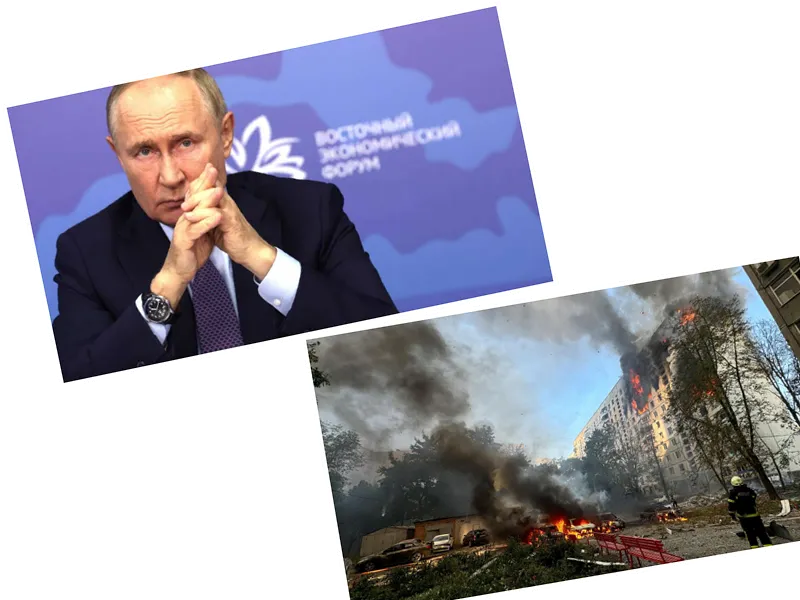The recent drone strikes highlight the escalating violence in Ukraine, particularly in southern cities like Mykolaiv and Zaporizhzhia, which have been frequent targets of Russian aggression.
The increase in drone attacks reflects a shift in tactics by both Ukraine and Russia, with each side aiming to disrupt the other's operational capabilities and civilian morale.
The humanitarian impact of these attacks is severe, with casualties including children and damage to residential areas, raising concerns about the safety of civilians in conflict zones.
As drone warfare continues to escalate, both Ukraine and Russia may increase their reliance on unmanned aerial vehicles for strategic strikes, potentially leading to higher civilian casualties.
The ongoing conflict may prompt further international responses, including sanctions or military aid, as the humanitarian crisis deepens in affected regions of Ukraine.
Increased drone activity could lead to heightened security measures in major cities on both sides, affecting civilian life and travel.
Russian drone attacks in Ukraine have resulted in at least five deaths and 19 injuries, with significant damage to residential buildings in Mykolaiv and Zaporizhzhia. The Ukrainian emergency services are actively responding to the aftermath of these strikes, as confirmed by local officials.
In Mykolaiv, four people were reported dead and one injured due to drone strikes, while in Zaporizhzhia, one person was killed and 18 others, including children, were injured. The ongoing threat from Russian drones continues to pose risks to civilians in these regions.
In a related development, Ukraine launched its largest drone attack on Moscow to date, targeting the Russian capital with 34 drones. Although Russian air defenses reportedly shot down all the drones, the attack caused temporary disruptions to flights at Moscow's airports.





